 |
LOTUS SEVEN REGISTER |
the web site for the
Seven made by Lotus between 1957 and 1973
 |
LOTUS SEVEN REGISTER |
the web site for the
Seven made by Lotus between 1957 and 1973
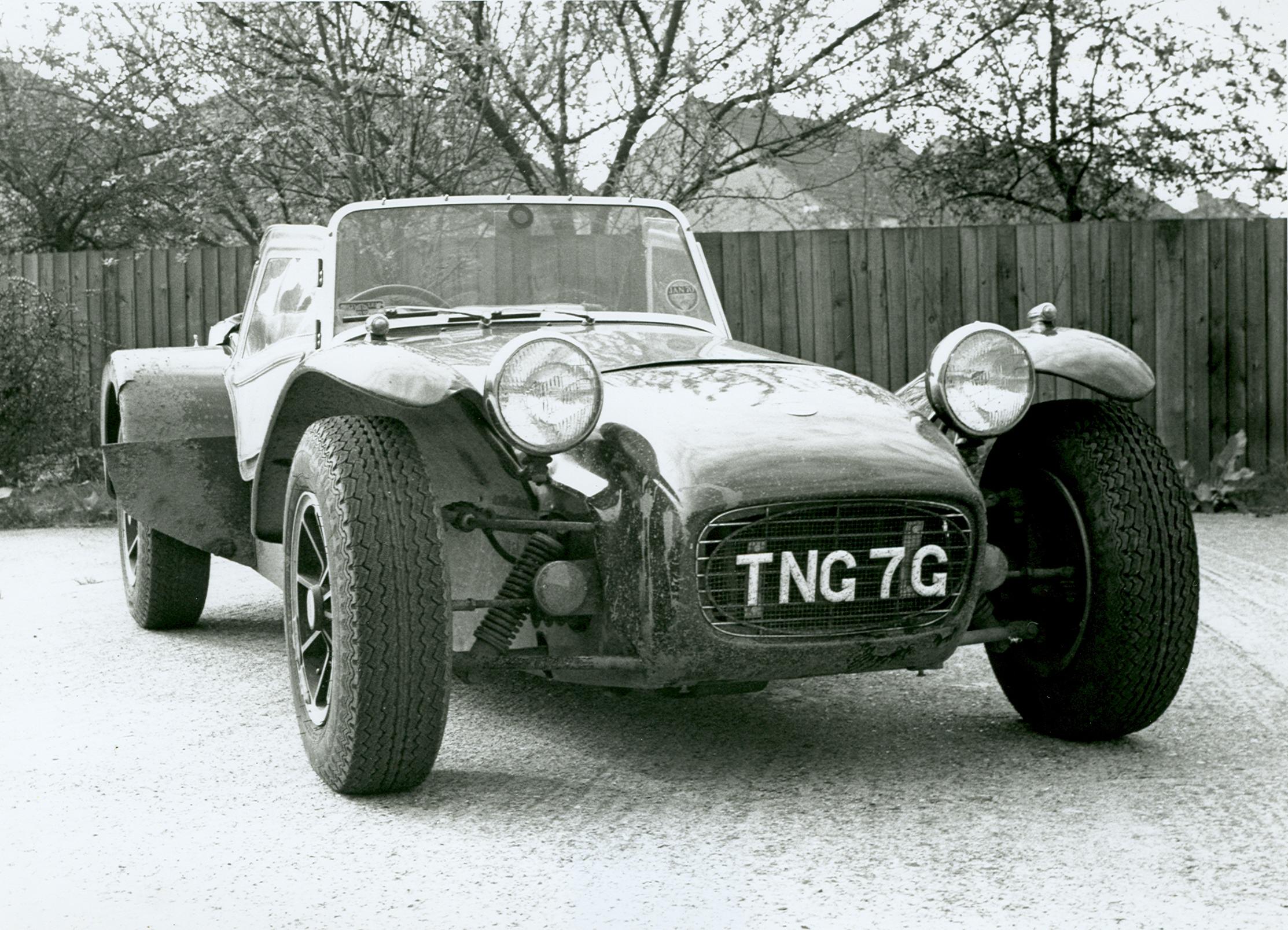
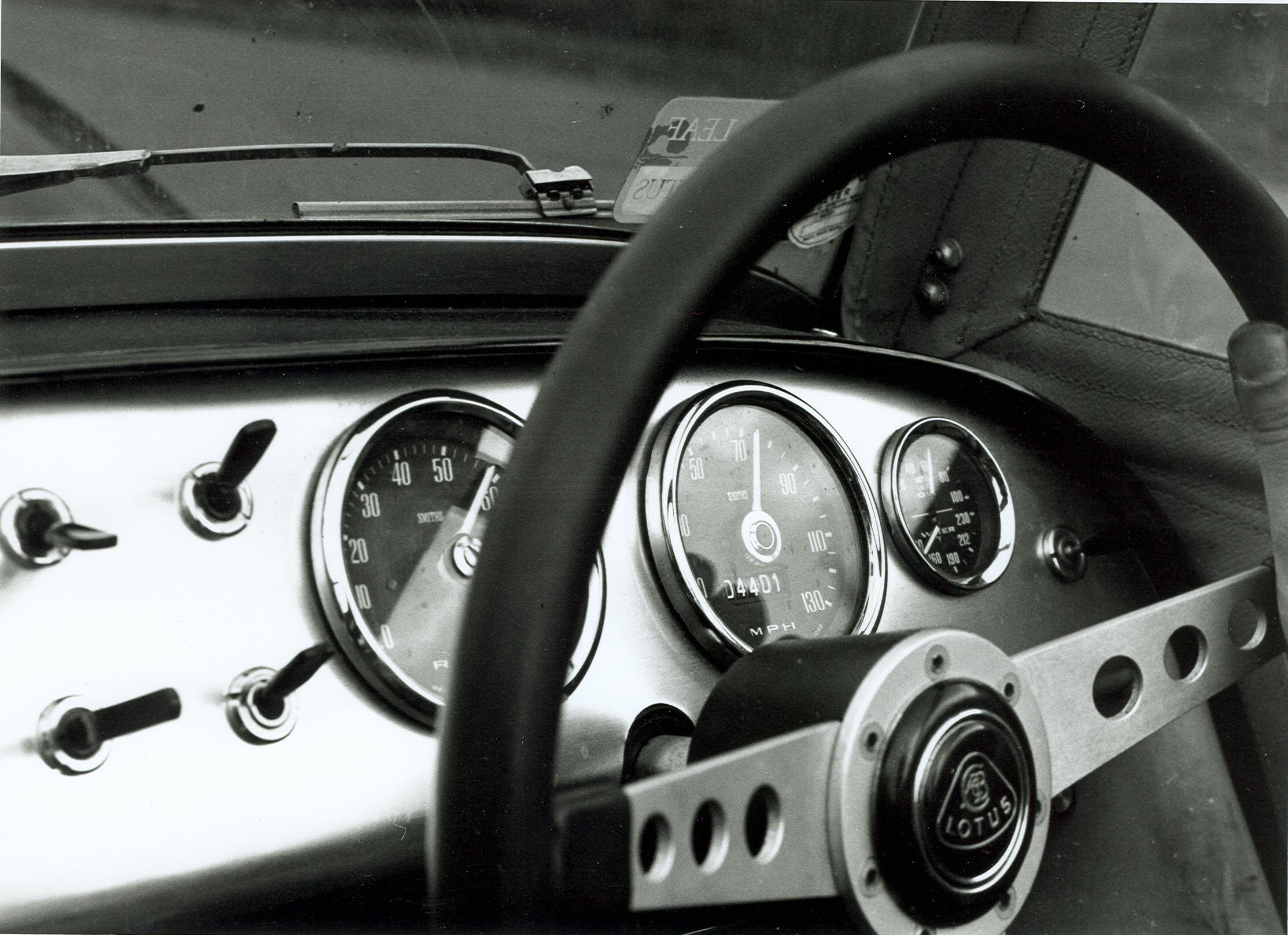
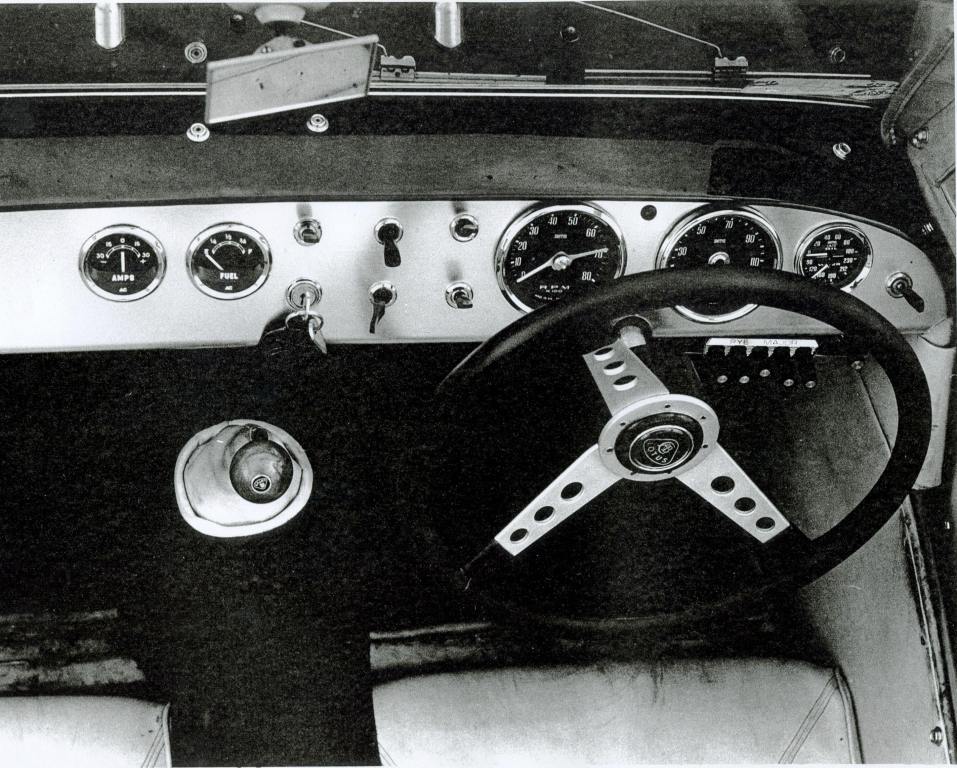 The Lotus Seven 'S' - interior - note Radio.
ROAD TESTS:
The Lotus Seven 'S' - interior - note Radio.
ROAD TESTS:
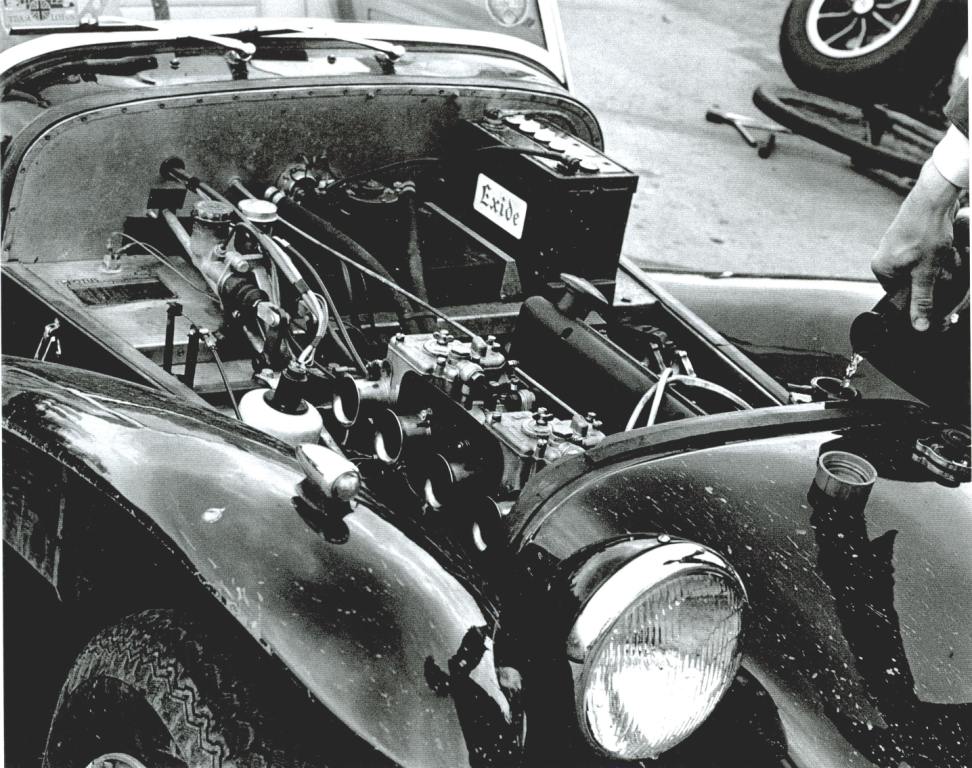
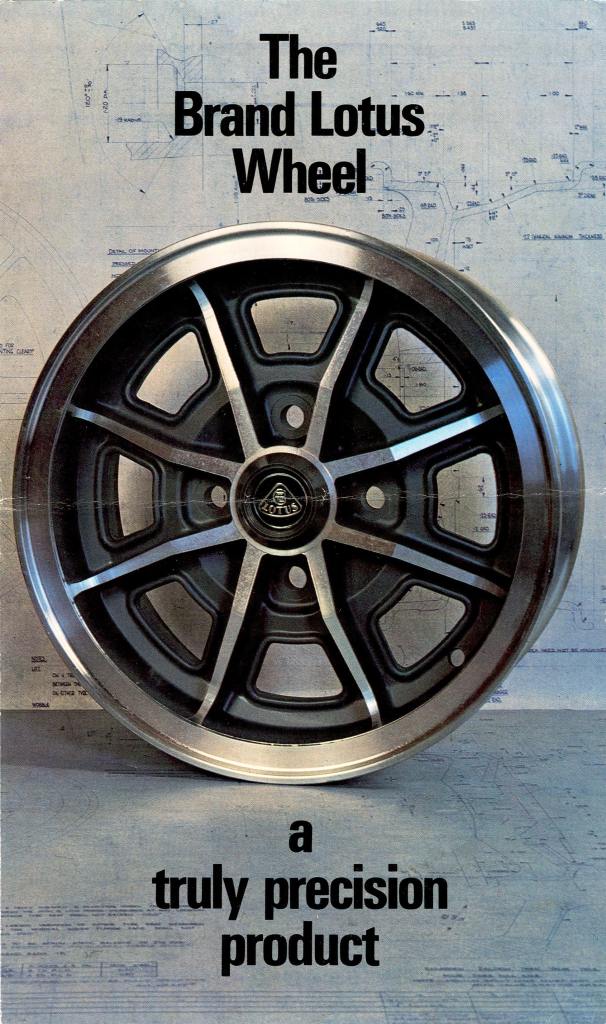
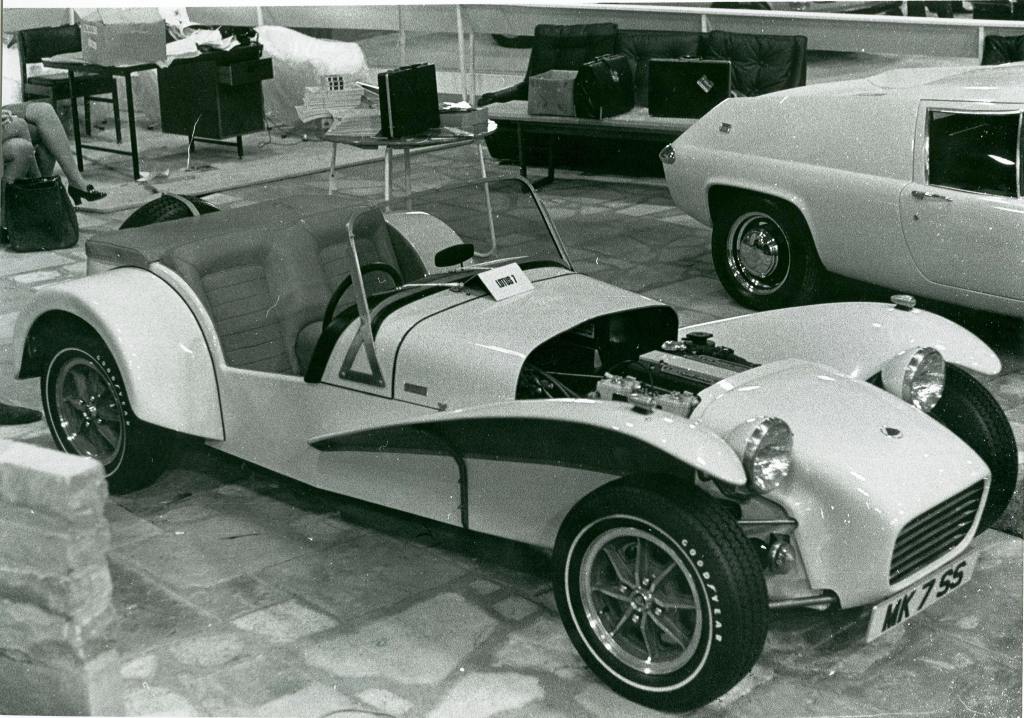 Lotus Seven Twin-Cam 'SS' at the Earls Court Motor Show.
THE LOTUS SEVEN
TWIN-CAM ‘SS’:
Lotus Seven Twin-Cam 'SS' at the Earls Court Motor Show.
THE LOTUS SEVEN
TWIN-CAM ‘SS’:
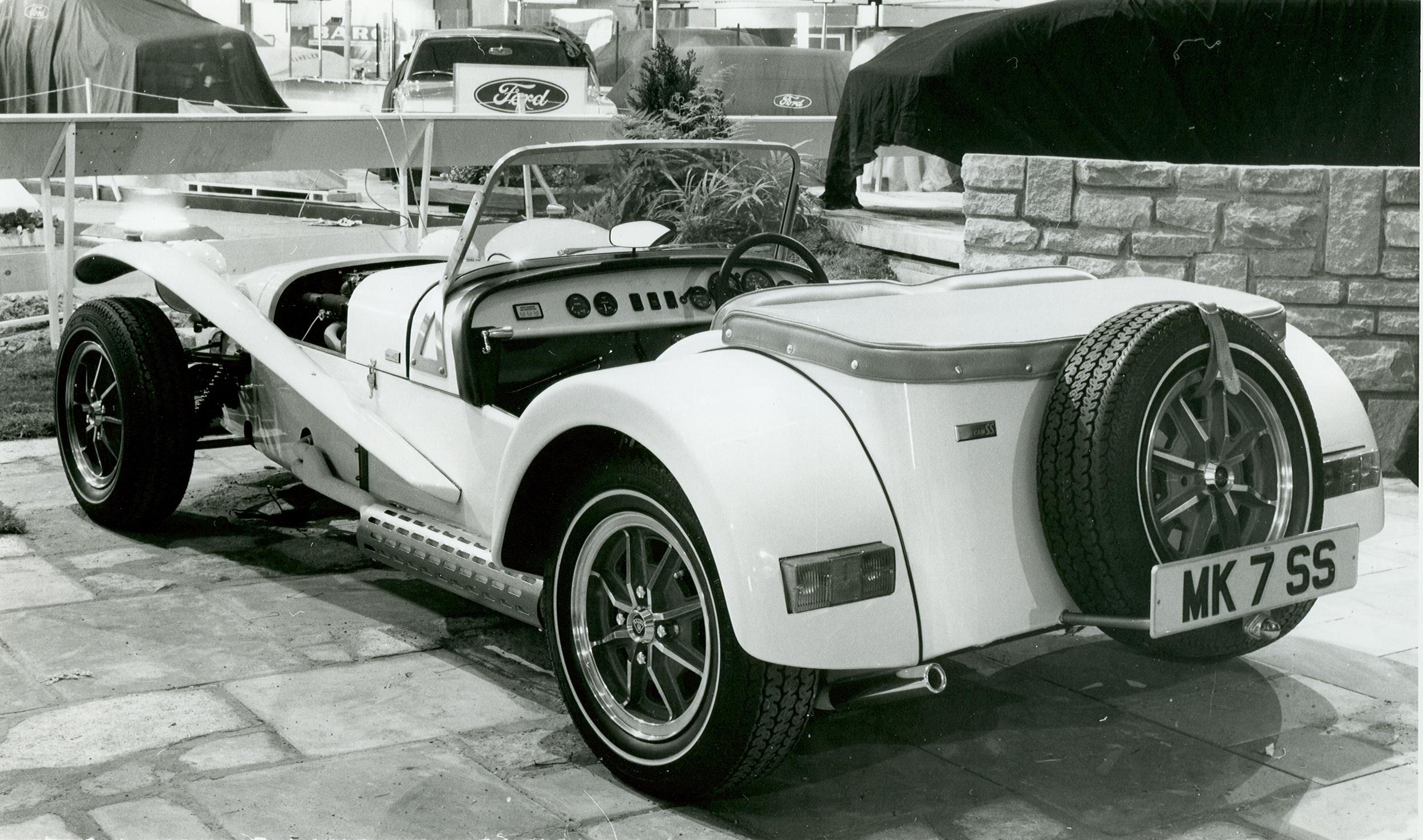 Lotus Seven Twin-Cam 'SS' -
rear view.
Lotus Seven Twin-Cam 'SS' -
rear view.
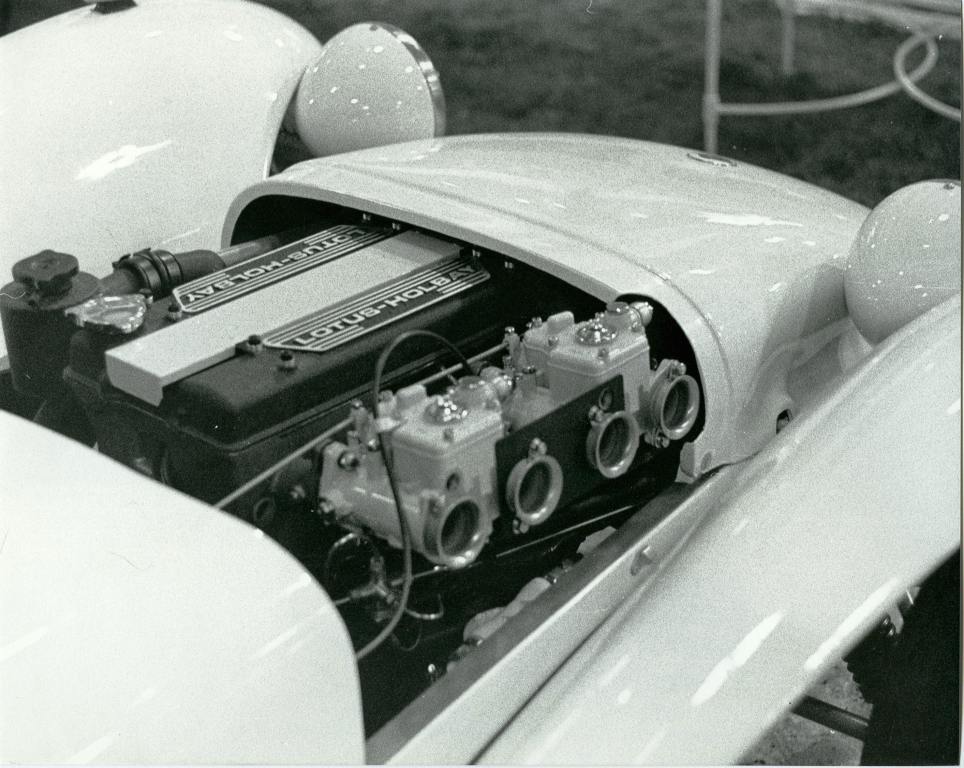 Lotus Seven Twin-Cam 'SS' - engine installation.
WHERE ARE THEY
NOW:
Lotus Seven Twin-Cam 'SS' - engine installation.
WHERE ARE THEY
NOW:
| [previous chapter] [next chapter] [back to menu] |